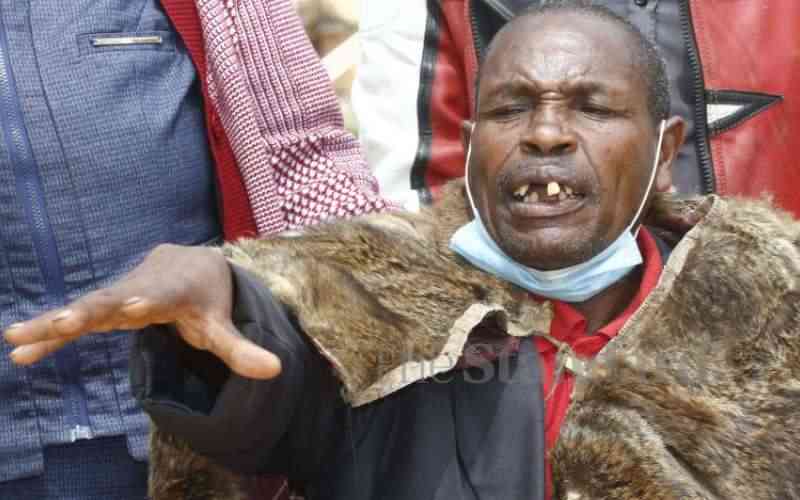×
The Standard e-Paper
Read Offline Anywhere

Minority communities from East Africa are planning to meet to discuss their land rights and role in conservation.
The groups are preparing proposals on their models of conservation to present during the IUCN Africa Protected Areas Congress in Kigali, Rwanda, from July 18-23.